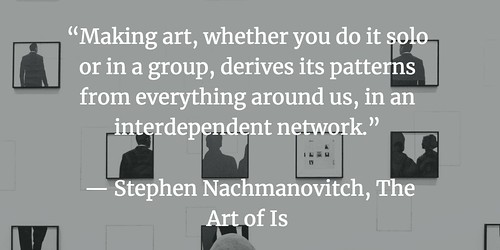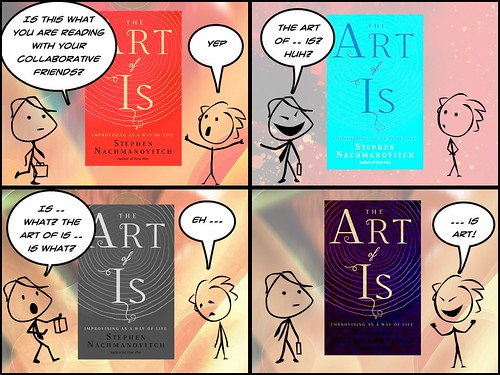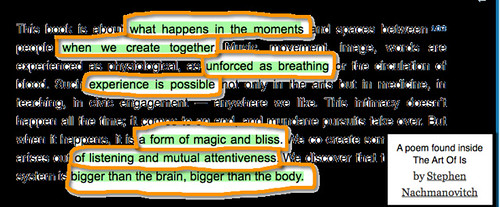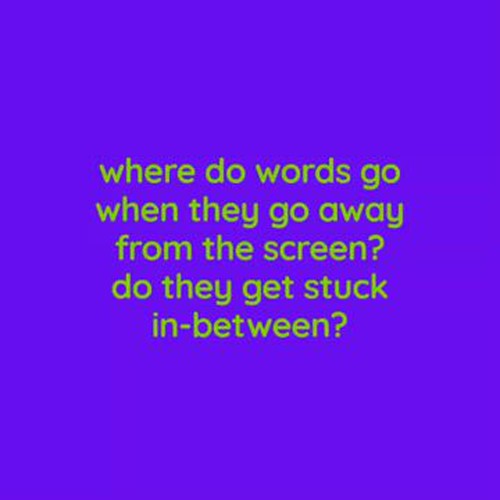
What happens when you hand off your poem to a “modern neural network”? Something strange, with a hint of interesting. I was using a site called Talk to Transformer, which is built on the back of some neural network mapping of OpenAI and which is designed to complete your text, using its signifiers and databases.
The site explains that it is:
… an easier way to play with OpenAI’s new machine learning model. In February, OpenAI unveiled a language model called GPT-2 that generates coherent paragraphs of text one word at a time … While GPT-2 was only trained to predict the next word in a text, it surprisingly learned basic competence in some tasks like translating between languages and answering questions.
So, of course, I could not resist feeding it some words to see what would happen, starting the lines of a poem about context and constraints, and in the image above, you can see what it spit out for me. There is something beautiful surfacing there, in the juxtaposition of my poem starter and its story extension, although I am at a loss to really understand how it made the leap from my words to its text.
For example, the point of view shifts from third person to first person, and suddenly, the narrator is talking of their mother’s love (or lack of) in a world fallen apart. But look at the last three lines it generated … it’s almost like the start of something else altogether, maybe a new poem generated by human hand … Maybe the game turns to me to continue onward with the AI’s idea ..
I am what I am when I’m no longer
something that mustn’t be forgotten…
a person so beautifulSo remember me; you must remember us,
as I remember this wasted Earth
when love was nearly lostand all we had left to hold was each other,
in the days after fallen trees
and warming seasI still carry the bones of my mother,
that which the soil would no longer hold:
I am young; I am old
The image is a layered gif that I made in Lunapic because I wanted to do something more with the writing. I purposely added non-digital writing tools to contrast the use of AI to make a piece of writing.
Peace (in texts, transformed),
Kevin







 (Created in the Legend app)
(Created in the Legend app)


 (Created in Legend app)
(Created in Legend app)



